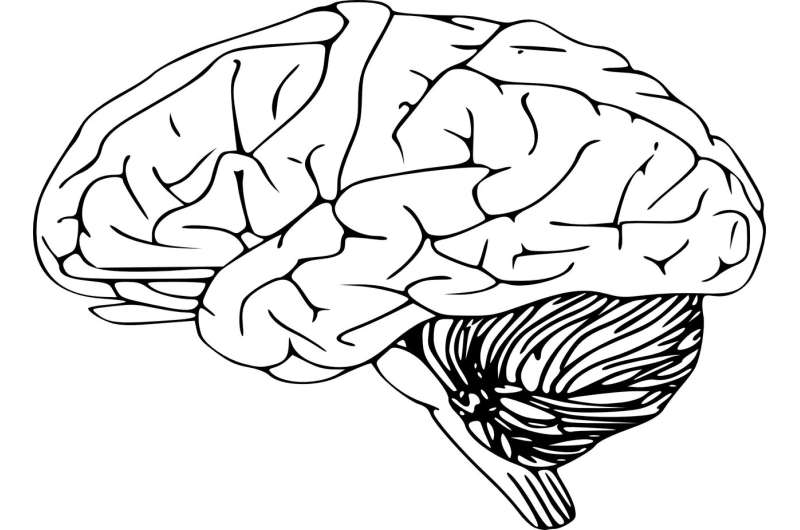Addiction-related brain areas examined across species explain some substance use disorders in humans

Using advanced genetic technologies to examine the nuclei of individual cells in areas of the human and mouse brain associated with reward and addiction, neuroscientists at the Lieber Institute for Brain Development discovered that the cell types are very similar across species. The finding means that previous studies that have been carried out with mouse models of reward and addiction can be re-interpreted to reveal more fundamental insight about human disorders. The study was published today online in the journal Neuron.
“While many studies in rodents have suggested that specific cell types are implicated in reward signaling associated with addiction, these findings take us to a new level by making the connection to those areas in the human brain,” said Keri Martinowich, Ph.D., Lead Investigator at the Lieber Institute for Brain Development. “Until now, translational research targeted at treating human disorders has been hindered by not knowing the similarities and differences between human and rodent cell types in brain areas associated with addiction. Identifying the molecular composition of these cell types in the human brain provides a strong foundation for future studies.”
To date, studies of reward and motivation in the context of human addiction have been limited because, by definition, the study participants have taken drugs, such as cocaine and heroin—and researchers could not say with certainty whether gene expression changes seen in studies of postmortem tissue were the consequence or the cause of the disorders in question.
Existing comparisons of cell types have thus far been limited to a few areas of the brain and did not include several key regions of the reward circuitry—particularly the nucleus accumbens and amygdala. The study is the first to provide molecular profiles of cell types in these regions of the human brain, and comparison of cell types across species.
Using state-of-the-art single cell/nucleus technologies, the researchers analyzed the RNA of brain cells in five key risk/reward regions of the human brain and then compared them to similar published datasets of corresponding regions in mice. They found strong similarities in specific neuronal subclasses, particularly in the nucleus accumbens, an area strongly implicated in addiction. From this knowledge, the researchers suggest that the cell types that mediate reward signaling and emotional processing are chemically and, therefore functionally, very similar.
The researchers also identified distinct and, perhaps, novel subtypes of human neurons linked to addiction, and highlighted that at least one such population is involved in stress signaling and associated with increased genetic risk for substance use.
Source: Read Full Article
